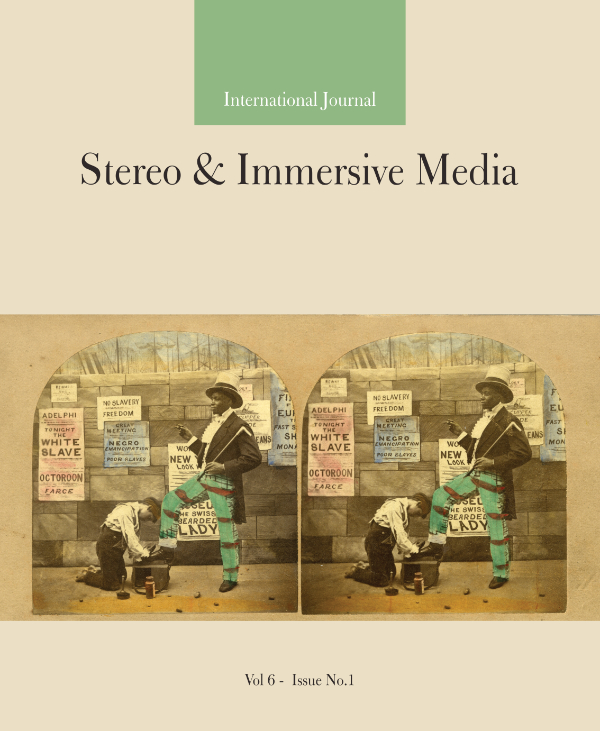The Gravitational Pull of Cuarón's Gravity
Abstract
Film scholar Miguel Mera (2016) argued that Alfonso Cuarón’s Gravity (2013) was likely to generate a strong “gravitational pull” towards a broader exploitation of three-dimensional (3D) sound. In this article, the aesthetics of Cuarón’s work are compared to those in a number of other films. Alejandro González Iñárritu’s most recent films are presented as advocates of Cuarón’s film style, referred to here as immersive continuity. This approach makes constant use of long takes that are complemented by the immersive action of 3D sound. Moreover, it is observed that many other motion pictures in a variety of genres have made use of similar aesthetics, creating impressive three-dimensional sound designs. Through the examination of several Dolby Atmos titles, the author suggests that the screen-centrality of the cinematic voice is not as great a concern as previously thought. Ultimately, it is argued that conventional editing is now the biggest obstacle to achieving the mythical total cinema described by André Bazin.



